-
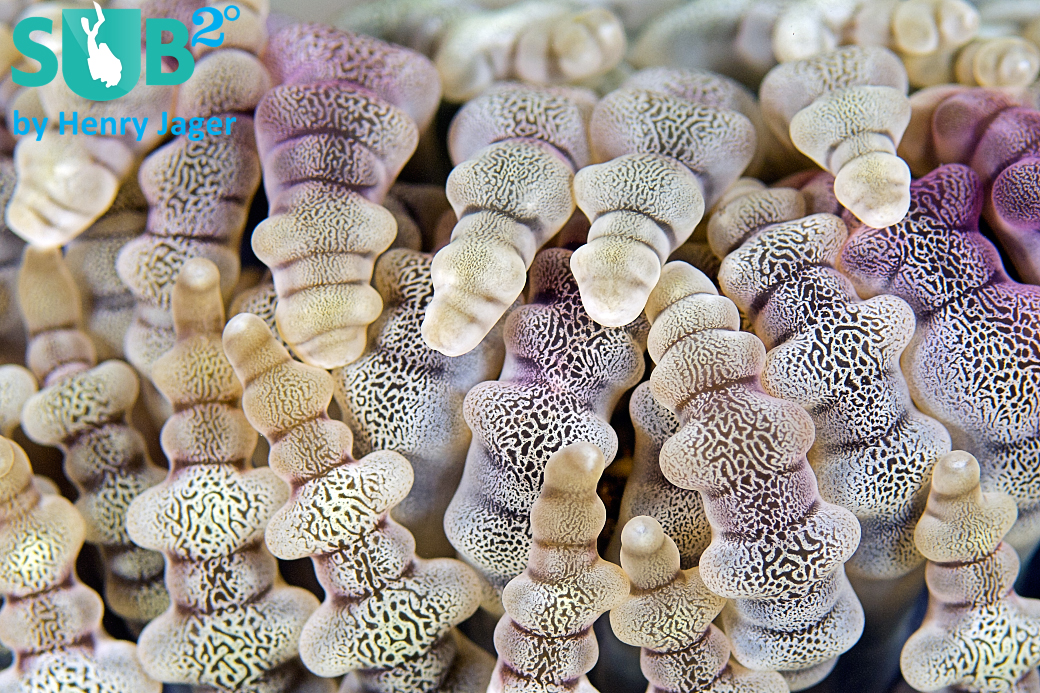
Beaded Sea Anemone
Like sweet candy... Did you ever expect underwater life to look like this? Surprising moments with Reef-Art photography. -
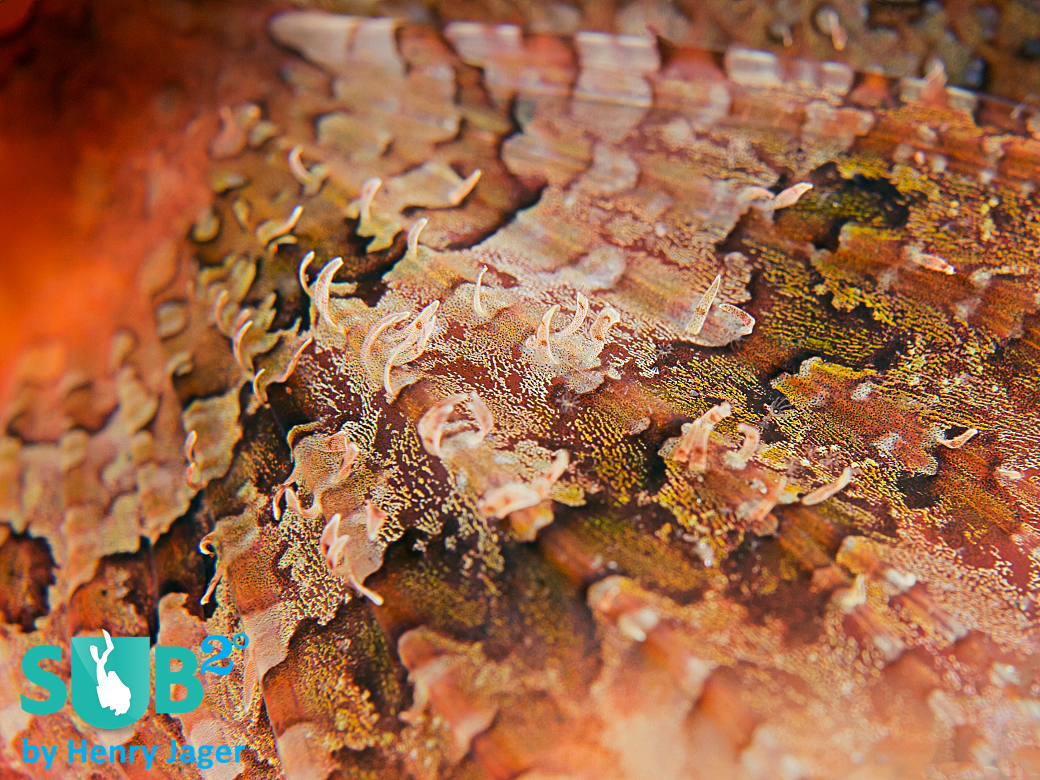
Scorpionfish fin
Reef-Art of a Scorpionfish fin. With diagonal composition and applying depth of field. -
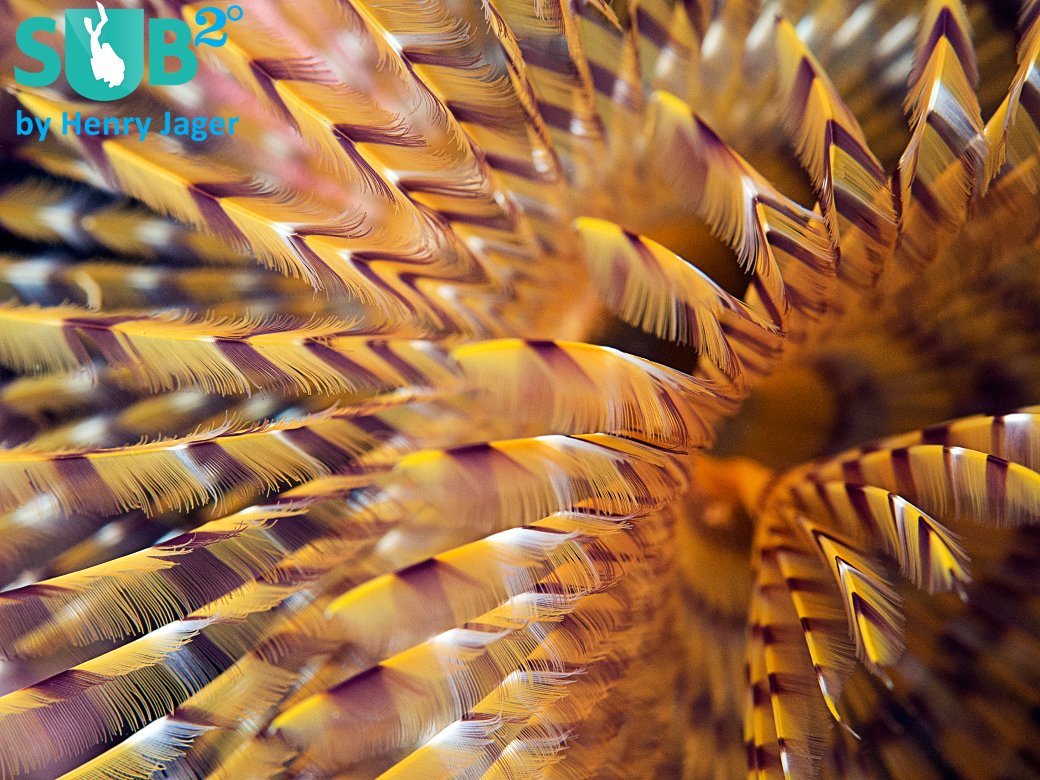
Feather Duster Worm
Reef-Art of a Double-Spiral Feather Duster Worm (Protula bispiralis) from Menorca, Spain. -
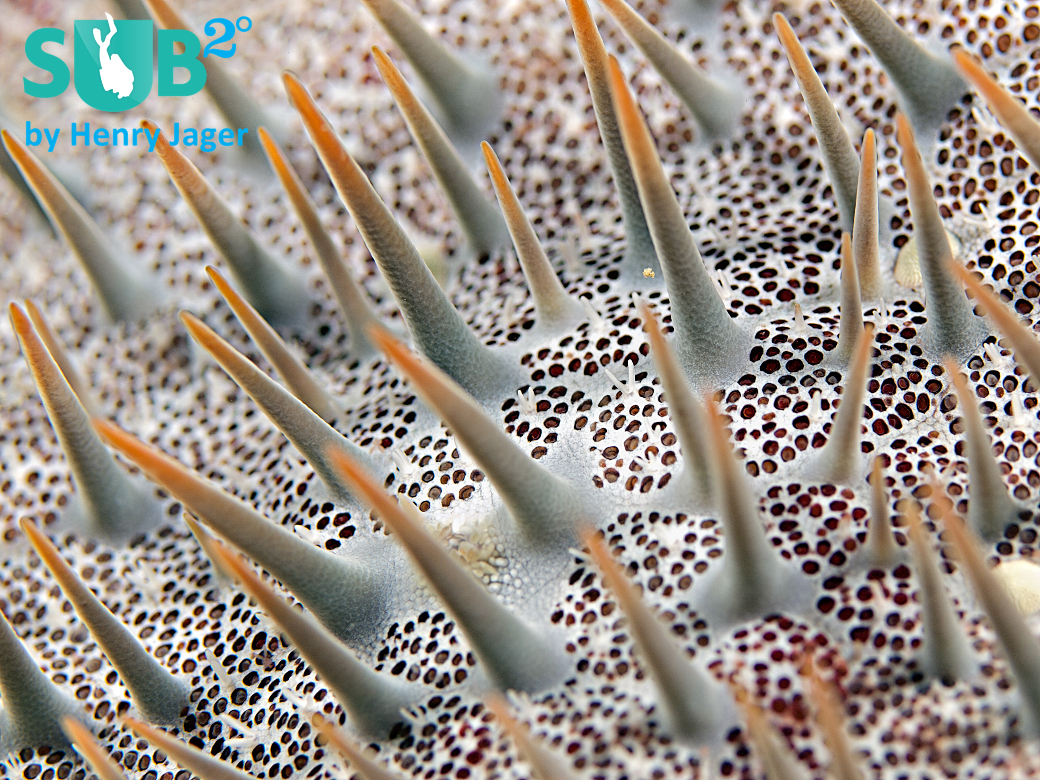
Crown of Thorns
Reef-Art of a Crown of Thorns Starfish. -
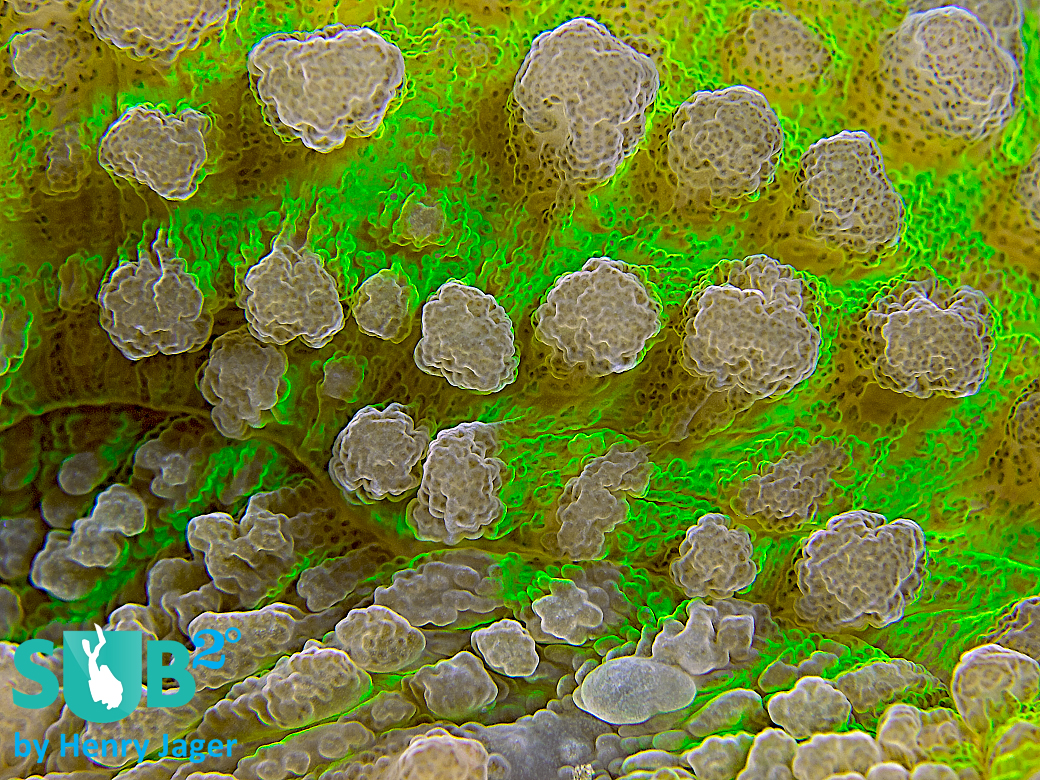
Reef Art - Coral Surface
Not many people have seen how certain surfaces of corals look like. Colours and structures are the main elements of Reef-Art photography.
Reef-Art: Looking at the Reef with different Eyes
Diving is fantastic! You're floating across the reef, watching the corals and animals. For now, it's time to stand still and discover a new point of view to the reef. And perform "Reef-Art Photography". Reef-Art shows fascinating insights to an underwater world, 99% of the divers never see.
We get closer to the subjects, stop and wait, observing the animals, the corals. This time, we don't observe the behavior but we study their graphical textures: fins, scales, ascertainments, indentations, color gradients, lines, patterns. And we learn how to picture them successfully.
The tightrope walks from "boring" to "exciting"
Repeating patterns can be boring or exciting. It's important more than ever to take care of the composition. Diagonal lines, unexpected views, or just beautiful areas attract the spectators. Breaking the pattern with an element can also increase the tension.
Reef-Art is the "Fine Art" of macro photography. It's a passion! The passion to bring your audience something they don't expect, they have never seen, they have never imagined.
All the creative elements in photography have to be considered to make eye-catching shots. Play with the depth of field, your lights, close-up lenses. Monochrome shots are very nice: A small red Goby on a red Sponge or the same in yellow. For once, the Goby can be small, as it is the pattern breaking element and not the subject itself.
A straight downward shot is not widely recognized for normal underwater photography. For Reef-Art it works. Fill the frame with the patterns. A distracting background won’t matter if it's black or blue or even a nice bokeh. The bokeh should be done within the subject.
Close-up lenses show you another world
A good macro gear is evident. But to make really successful Reef-Art pictures, you should add close-up lens(es). They open a new world of underwater life. They show you the tiniest polyps, the smallest surface patterns, and bring them as a frame filler on your sensor!
The use of close-up lenses is confusing at first. It lowers the depth of field dramatically, and after a certain distance you don't get sharpness anymore. Many first users struggle when they can't focus because the subject is too far away.
Keep your camera stable. Imagine being able to picture such small areas with small movements of your camera, without losing your subject. Take your time to get used to your gear and be patient.
Close-up lenses are available as wet lenses to mount underwater on the port and come in different strengths. If you take moderate ones (+5 diopter), you can use them as single ones or stack them to get higher magnification.
But you lose quality with each additional glass used. Good and strong ones with a +10 diopter are available from Subsea and recently also from INON. They can increase the magnification of your macro gear up to 3.5 times.
What subjects are the best for Reef-Art?
To start with Reef-Art (or the same with super macro), choose a non-moving subject: A mushroom coral, stony corals, or sea stars etc. This is just the beginning. Then have a look at nudibranchs.
Can you figure out an area that looks good for them? The gills, for example, are always worth considering. Fins of scorpionfishes, lionfishes, and parrotfishes can be chosen or other body parts, especially the eyes. The eye of an octopus, pufferfish, or something similar together with the surrounding lines makes great Reef-Art.
Have a look at corals. The polyps of the octocorals are like stars. At Christmas you will remember them and make your own submarine Christmas cards! Crown of thorns are dangerous for the reefs, they are very poisonous and nobody loves them... except for Reef-Art photographers.
Look out for feather worms, especially the double-spiral feather duster worm. They are not easy. Moving in the current, they pretend to have a "bad hair day". Sometimes they need some shelter from the current to make them photogenic. Be prepared to take a lot of shots to have a perfect one.
If you have circles, you can place them in the center. Centered placement works with strong symmetry. With spirals, for example, it gets harder. A composition according to the rule of thirds works better here. You find these, for example, on the shell of a snail like the conus sp.
Imagine your pictures in XXL wall prints
The super macro shots of your smallest areas will have a great effect printed big! Enlarging something small is always an eye catcher; the unknown stuff also brings you feature-length conversations.
Further Reading:
Featured Posts
-
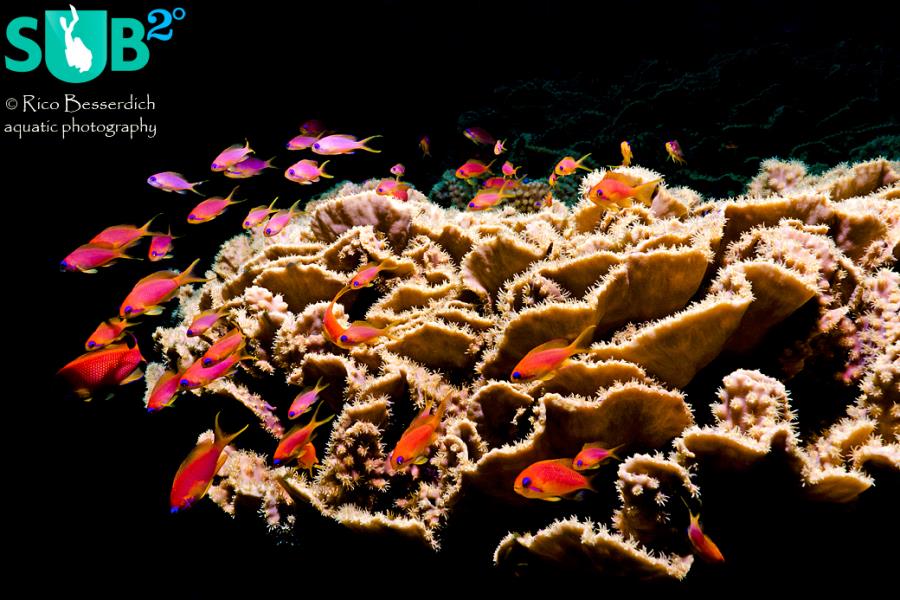
Please "Like" My Photo!
Once you've made some cool underwater shots, you would love to have more people notice your photos, for example by sharing them on Facebook. A path full of potential but lots of nasty obstacles on the way. Let's have a look!
-
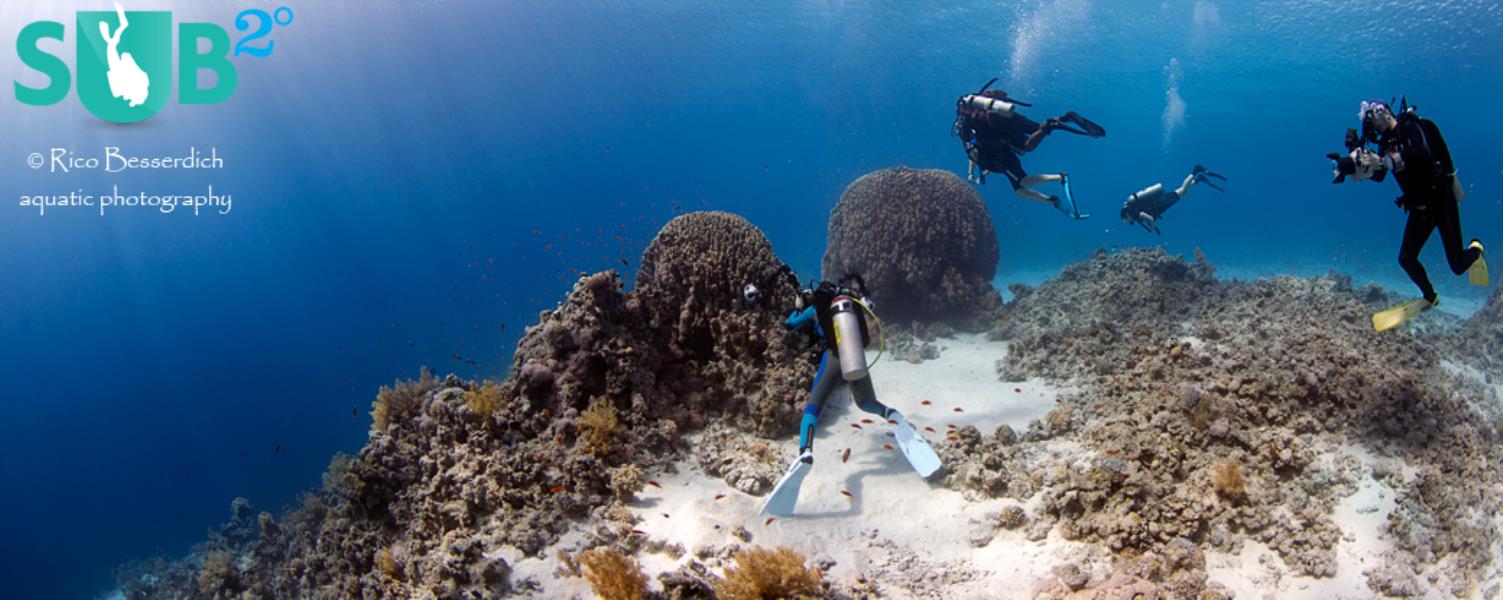
Underwater Photography: Shoot...
Are you ready for huge perspectives in your underwater photographs? Wide-angles are fine but do you want it even wider? Time to check out underwater panorama photography!
-
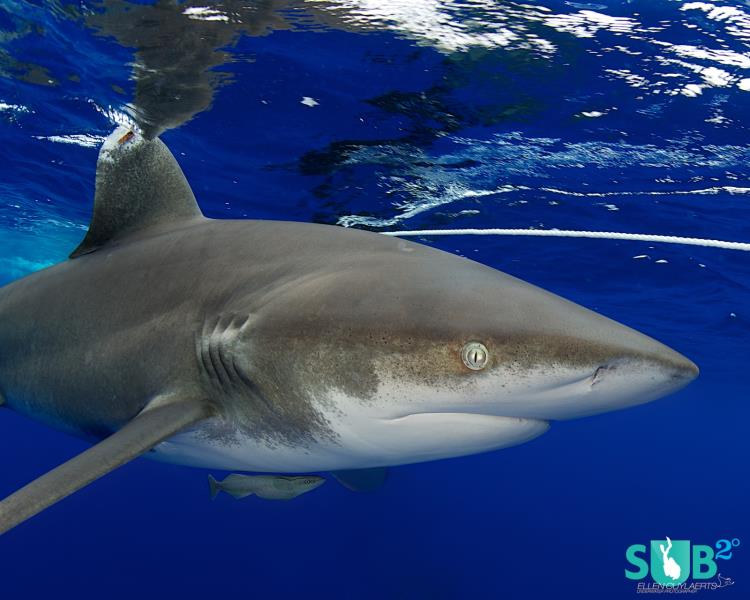
5 Basics of Shark Diving
Before going on a shark adventure, there are some things you need to know to make it a great experience for you and the sharks!
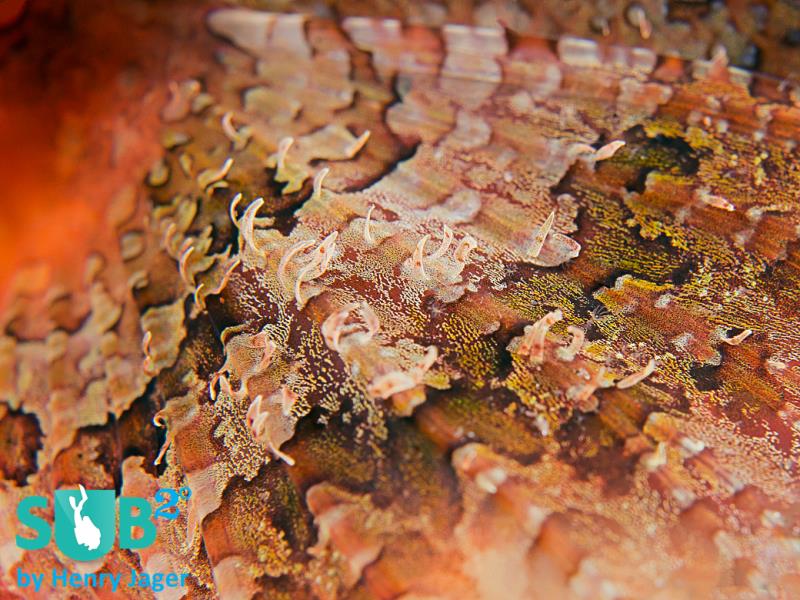
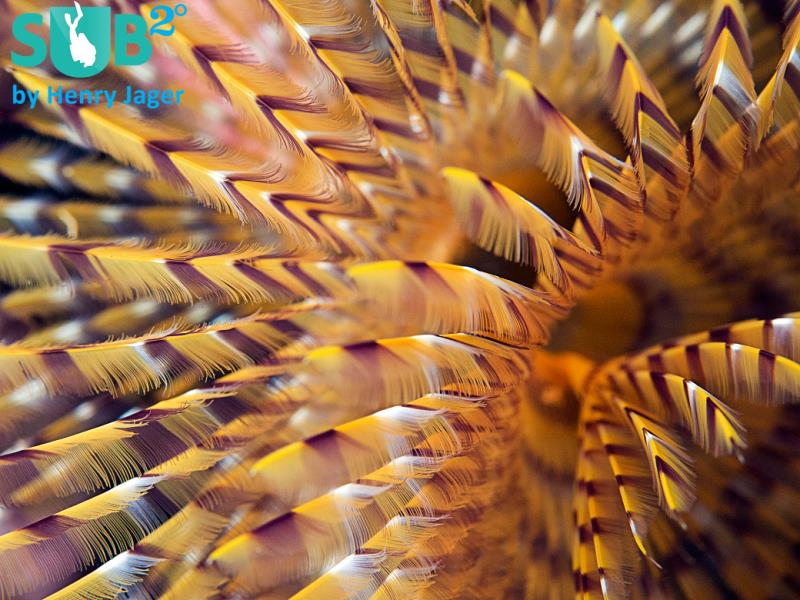
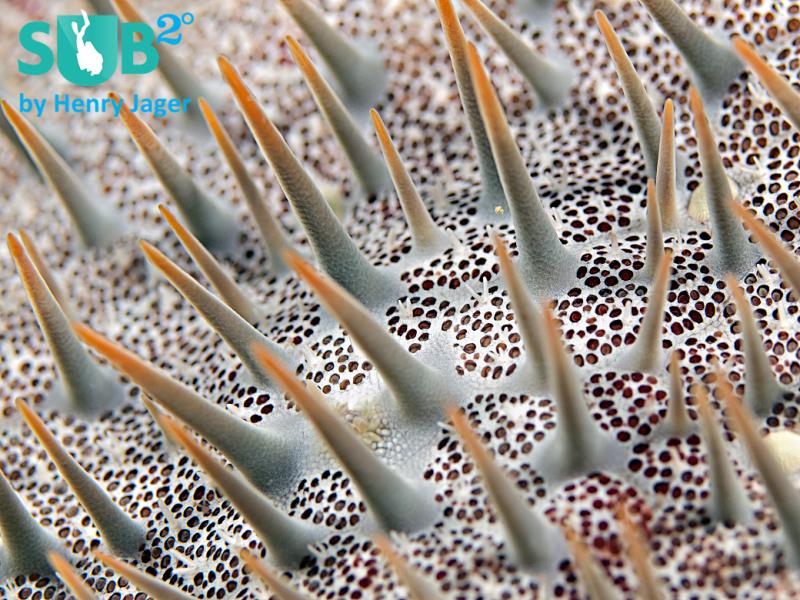
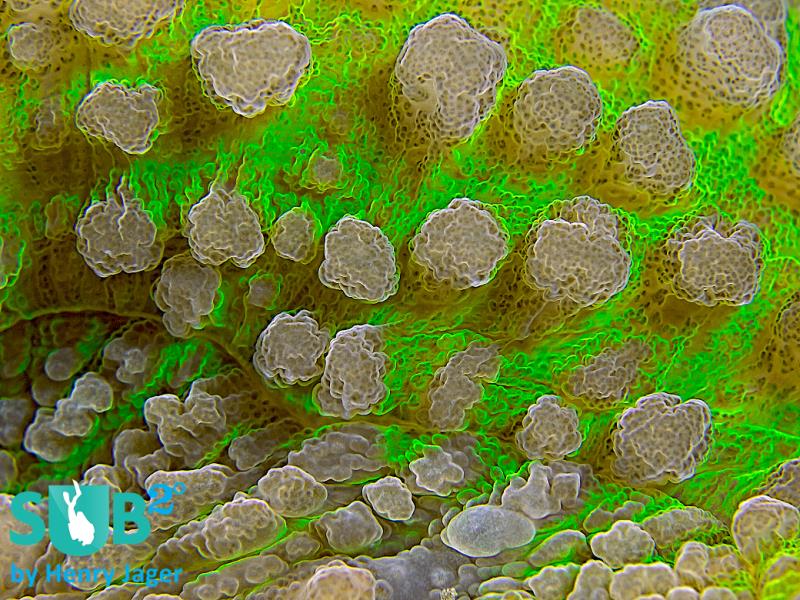
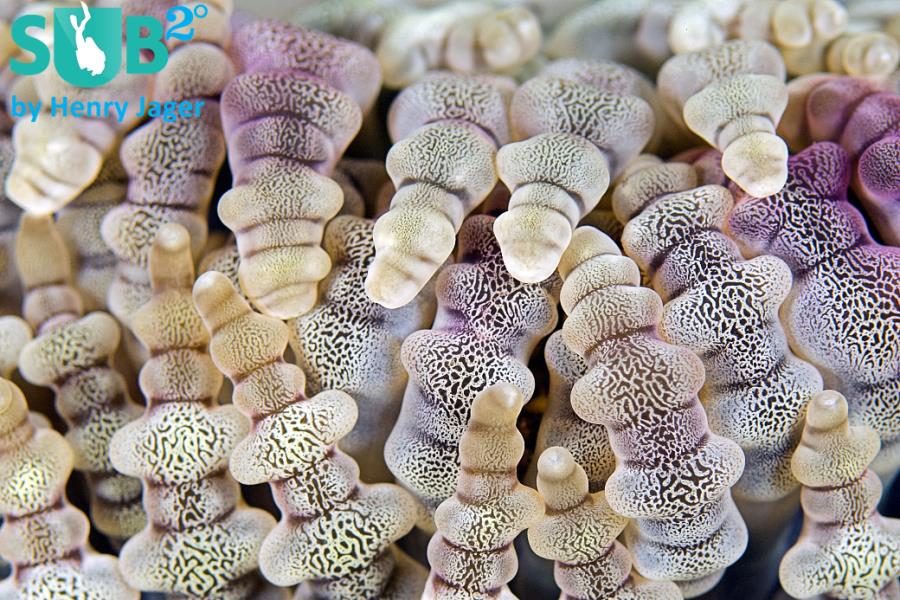


Load more comments